I have over the past five years developed either passion or an obsession for instant films, depending on who you should choose to ask. Growing up just on the cusp of the digital imaging revolution I remember quite a lot people shooting on film as I grew up but somehow Polaroid passed me by almost entirely. There’s a teenage shot of me shaking my head but that’s about it. By the time I reached university I ended up shooting a couple of packs of the now sadly demised FP-100b/c as proofing material but never got that excited by it, it was just something that was there until it wasn’t.
Finally buying myself a Land camera a few years later, only to be suddenly informed that film for it no longer existed, I tried turning to the alternatives. The most logical, certainly the most loudly marketed was the Impossible Project revival of integral film. I even happened to win a competition for a refurbished basic 600 series camera but three packs and lots of jammed brown photos later I swore off it as unreliable, expensive and irritatingly missing two shots in a box.
After that I bought a cheap second hand Instax wide camera and while I really loved the film, the camera left an awful lot to be desired. No manual controls (though in this it was much like the Polaroids), no ability to turn off the flash and even no way to focus save ‘close’ and ‘not so close’ (I’m not convinced it does infinity). I kept it for parties, bright days and when I wanted a physical print to give to people.
So still feeling rather frustrated by the state of instant film I ended up stumbling on the fairly weird, deeply ungainly but also amazing Polaroid back for Mamiya rangefinders.
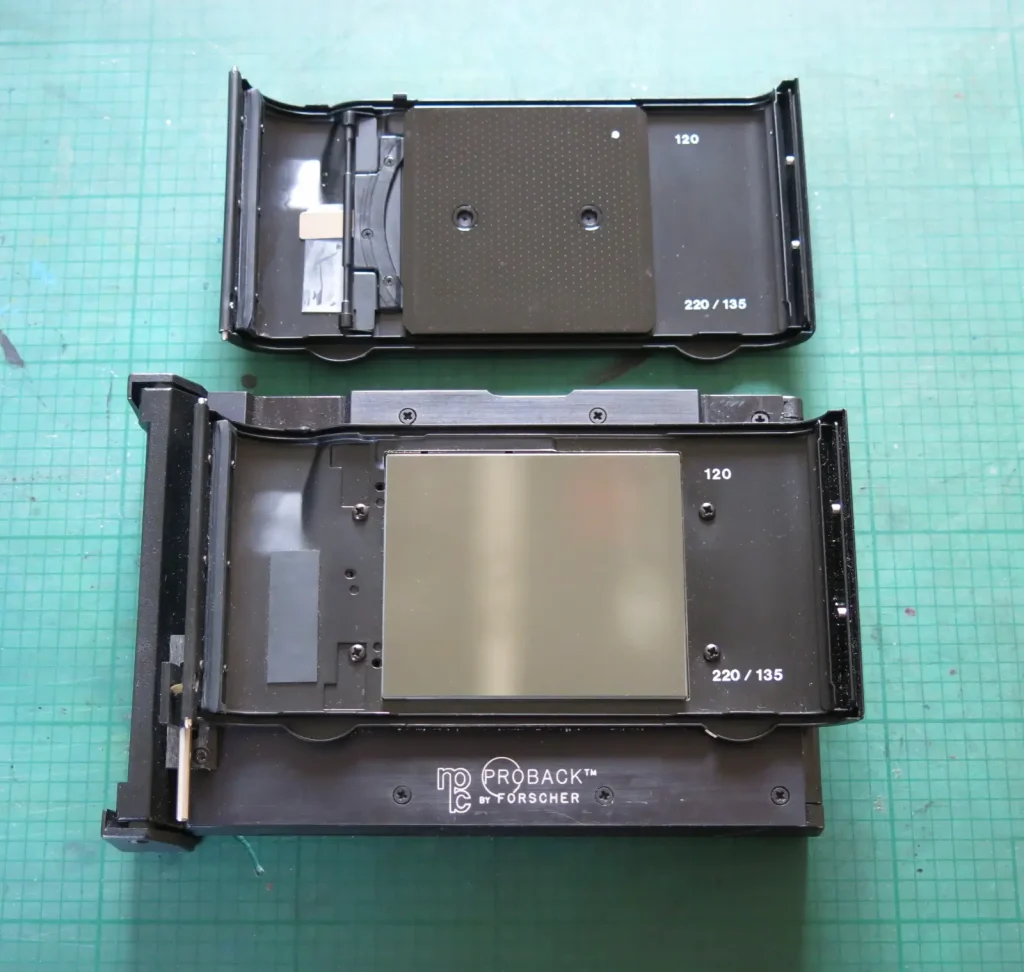
This thing is clearly a mixture between clever engineering and a bloke in his shed making them a dozen at a time. Virtually all medium format cameras that can shoot Polaroids are system cameras, one removes the standard film back and replaces it with an instant film one which sits up at the same focal plane with some masking depending on the format. Not so with this one. As the Mamiya 6 & 7 do not have removable film backs, this is the combination of a standard Polaroid back with what looks suspiciously like the back plate of a Mamiya with a hole sawed in the middle of it. To attach it to your camera one must unscrew the existing plate and attach the new one with a very home-made spring loaded pin that clicks into place.
Because the pressure plate is further forward of the Polaroid back this leads to a problem. Focus where you think you want and your shot is going to be out by about a centimetre, the back is physically further away than it needs to be out of pure geometry. This is however where it gets clever. The manufacturers included a fibre optic plate of the right thickness to shift the focal plane back far enough to allow it to resolve at just the right distance to hit the instant film. Genius! Incredibly expensive and fragile, but genius all the same. They are, it may not be a surprise to hear, now defunct.
Now you may be thinking, this is all well and good but this is a (peel apart) Polaroid back, it suffers from the same problem as a Land camera, in that there is no more film and this time you’re only shooting a 6x6cm section of it. Which is of course true.
And yet.
It fits Instax film.
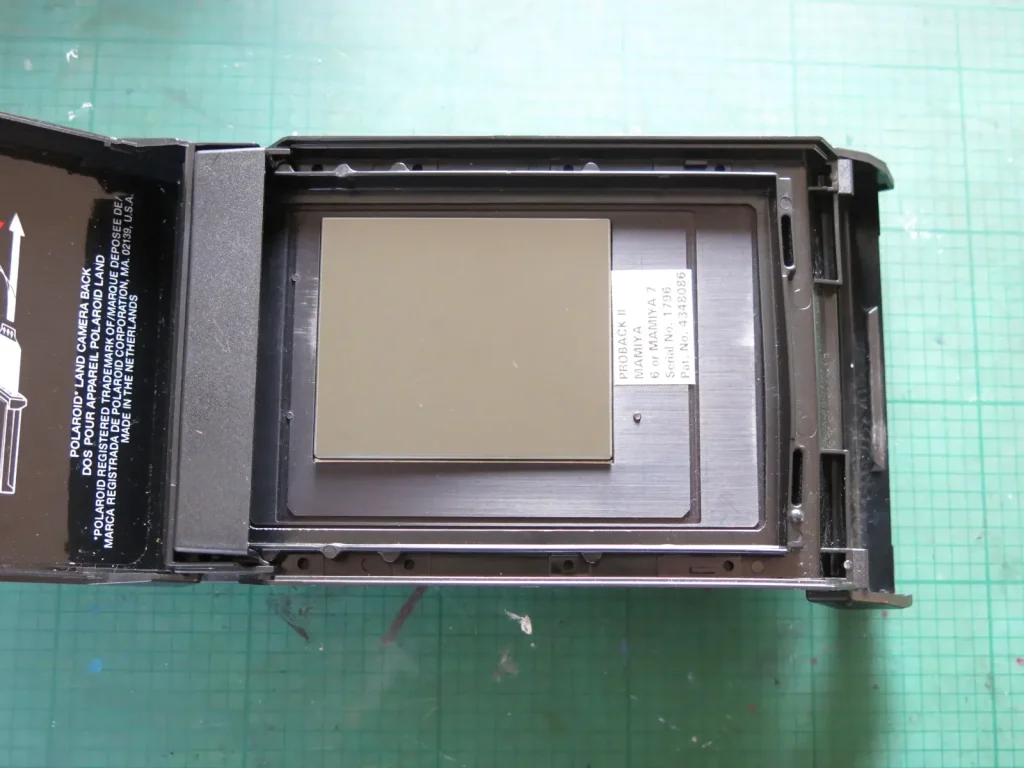
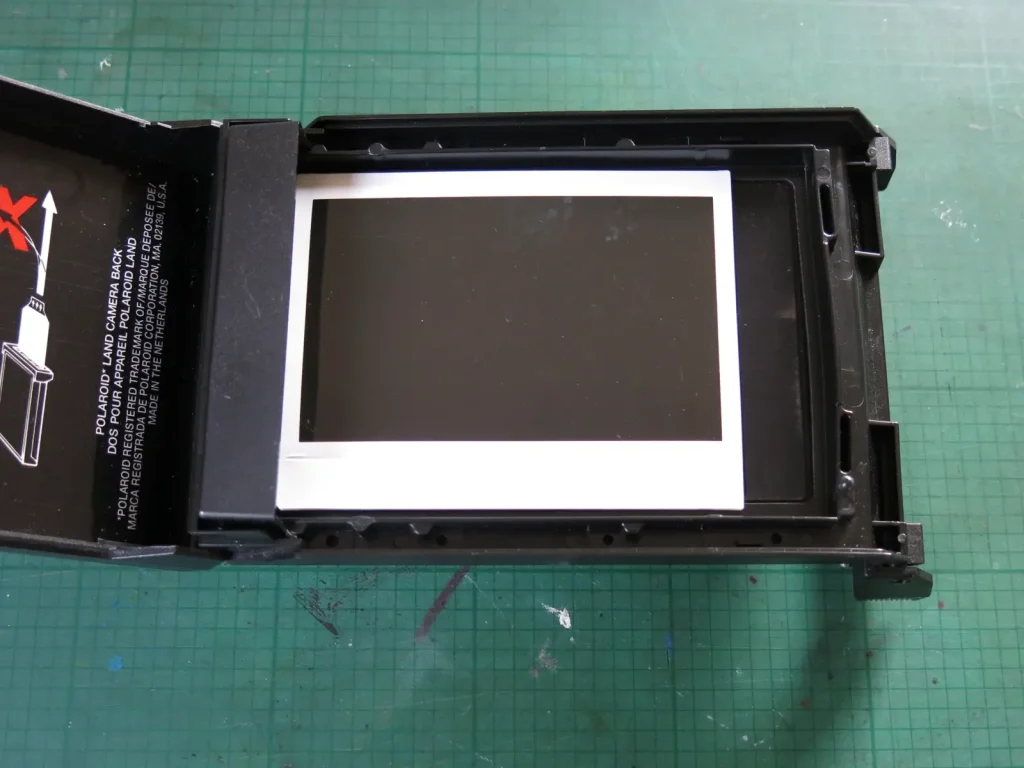
It doesn’t fit Instax film well; the wide format has its developing pod on the long edge, where peel apart has it on the short one. But it does cover the fibre optic plate and physically fits inside the back, with one slight caveat. That it will only fit neatly with the developing pod the wrong way up. On an Instax wide the film ejects with the pod at the top as the lens flips the image. Inside this holder the pod has to fit at the bottom, which therefore leads to having the pod at the top of where it would be usually or, well, one has to hold the camera upside down.
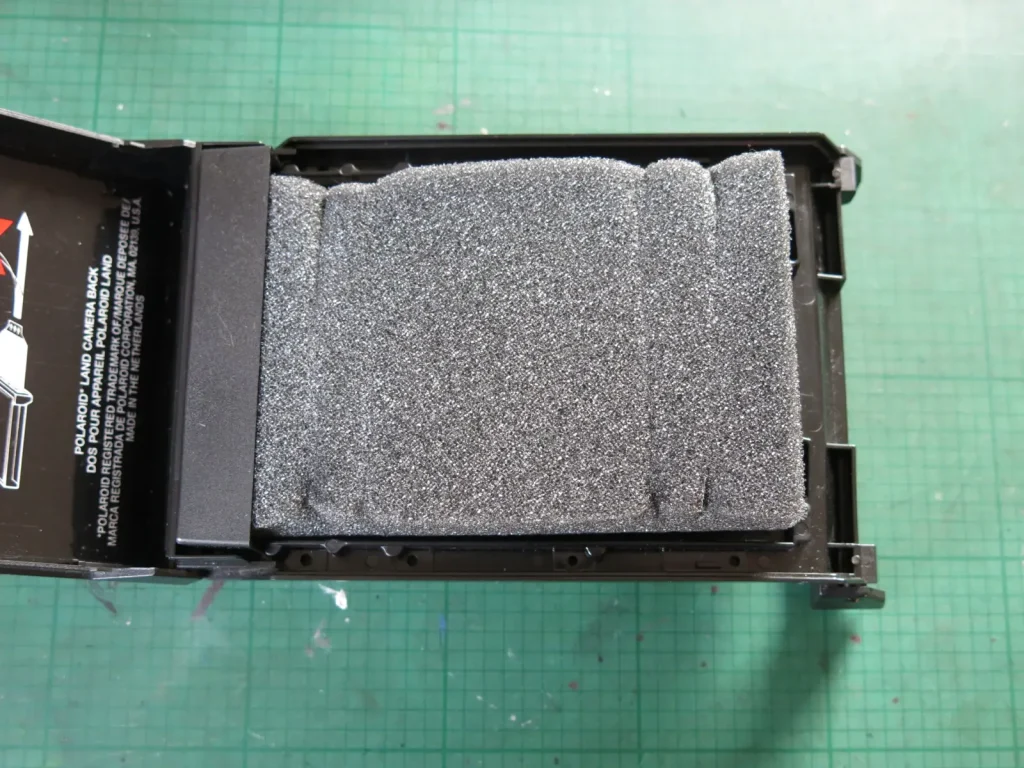
One other thing I have neglected to mention, it being panchromatic colour film, the loading of this has to be done in a dark bag, making sure to get the orientation correct and avoiding oily fingerprints. After lining it up I used a small piece of foam to ensure firm but even pressure and to stop the sheet rattling around inside the back.
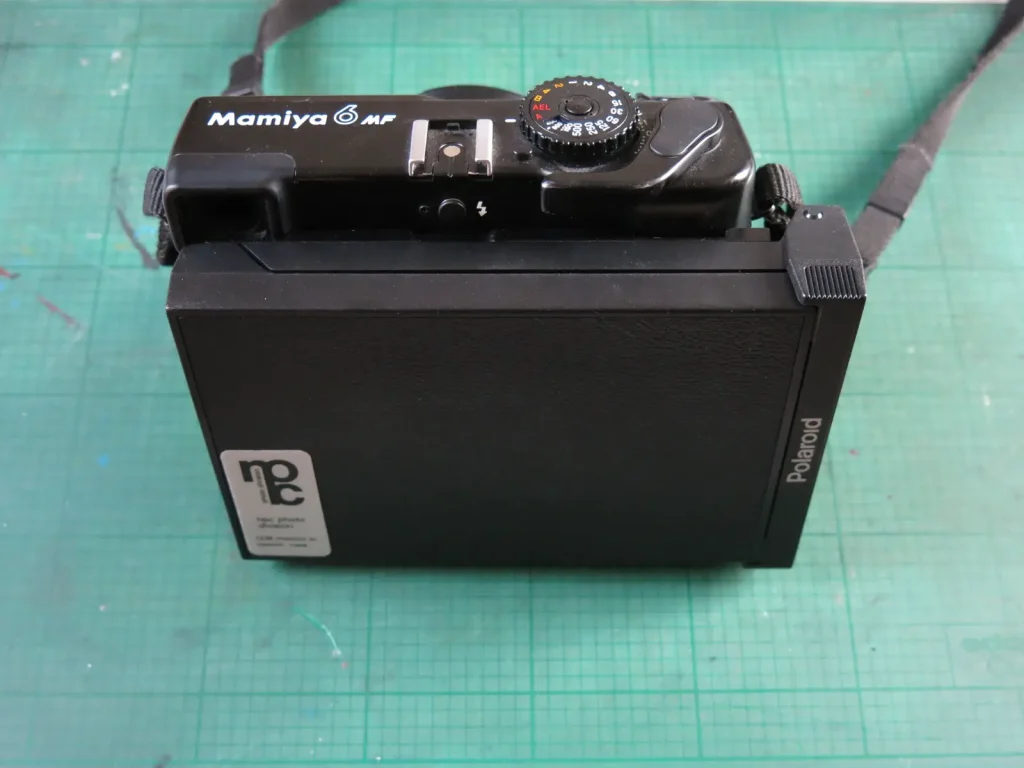
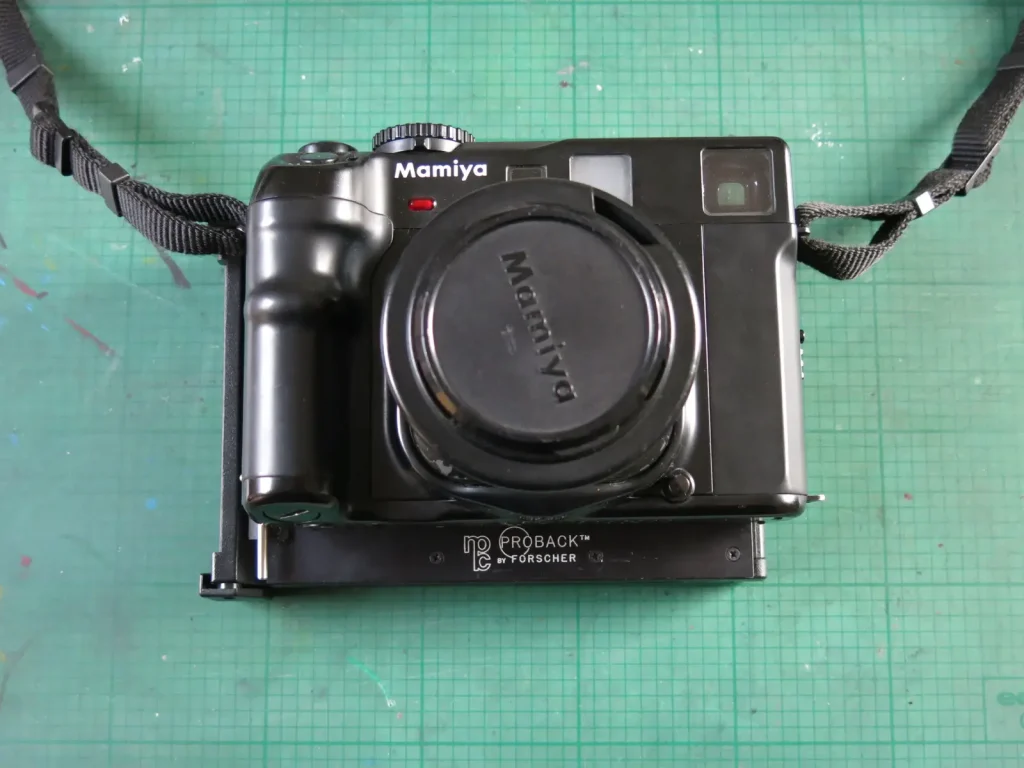
Which finally leads to the abomination that is Instax wide film, in a Mamiya 6, shot upside-down and requiring five minutes in a dark back with your tongue stuck out to both load and unload the film. The Polaroid back protrudes enough that it makes it difficult to get your eye close enough to frame a shot, made even worse for those of us who use glasses. Having it upside down also makes the camera harder to hold and hitting the shutter an exercise in extreme frustration, I quickly found a cable release made it slightly easier to manage.
The upside-down nature also removes the possibility of using a tripod, though for long exposures the annoyance of having the film pod on the top is doubtless something that can be overlooked.
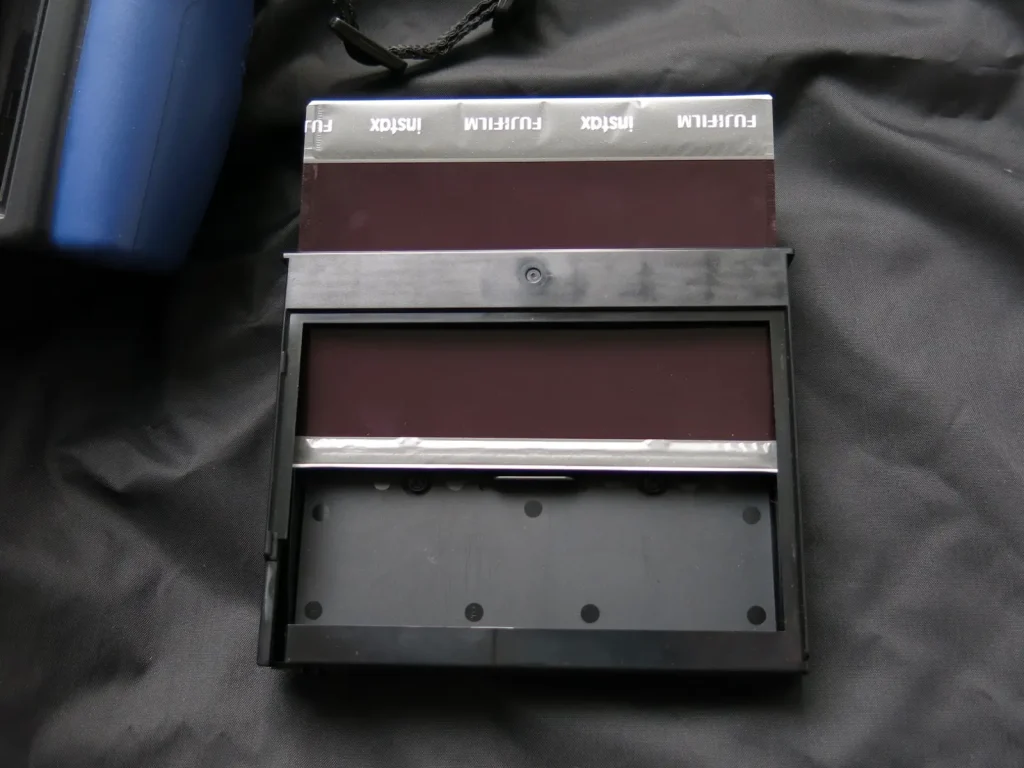
When unloading I used an empty holder that the Instax film comes in, re-inserted my now exposed sheet, placed it in a legitimate Instax camera and fired the shutter to eject the film. It’s also wise to get used to the shape and feel of the film packs, several times I have ended up wasting sheets by either loading them with the wrong face into the camera or ejected them with the pod on the wrong side of the rollers. By experience (the pod hopefully being obvious) I have found that the side to face towards you has a slight texture to help it catch on the rollers, the light sensitive side does not. In about the only stroke of luck this project has had, the first shot on an Instax will not expose the film and just eject what it thinks is the dark slide. Despite this it’s probably worth covering the lens if you feel like attempting anything this ridiculous yourself lest you accidentally double expose your labourious work.
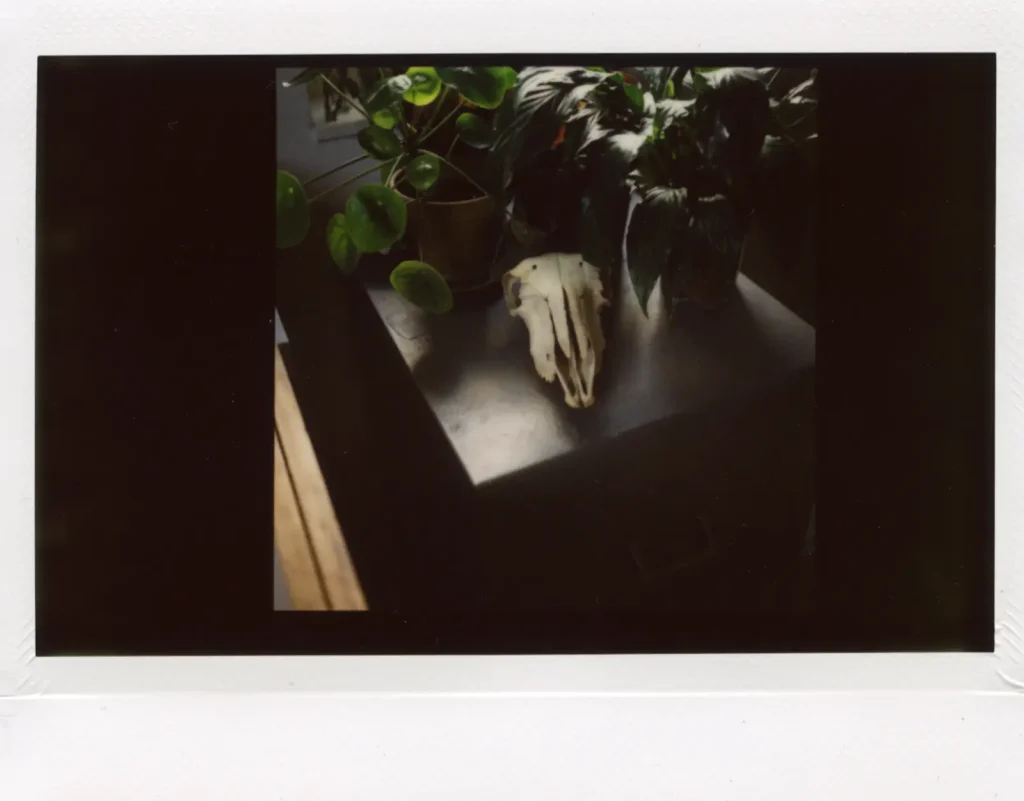
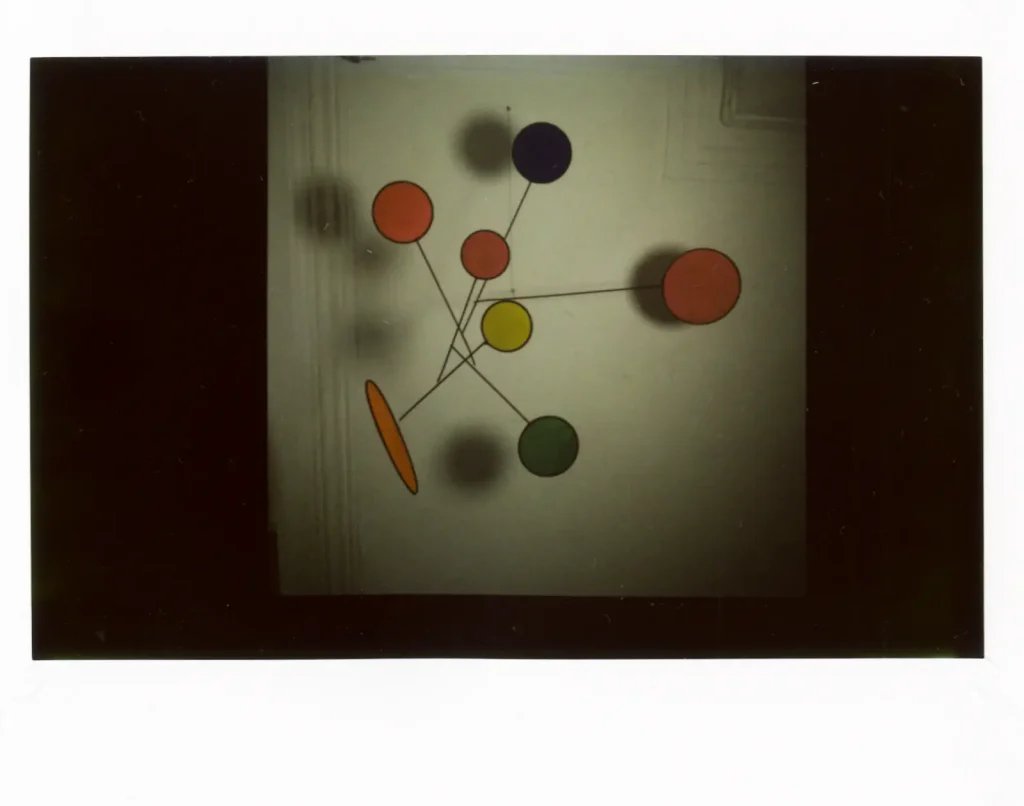
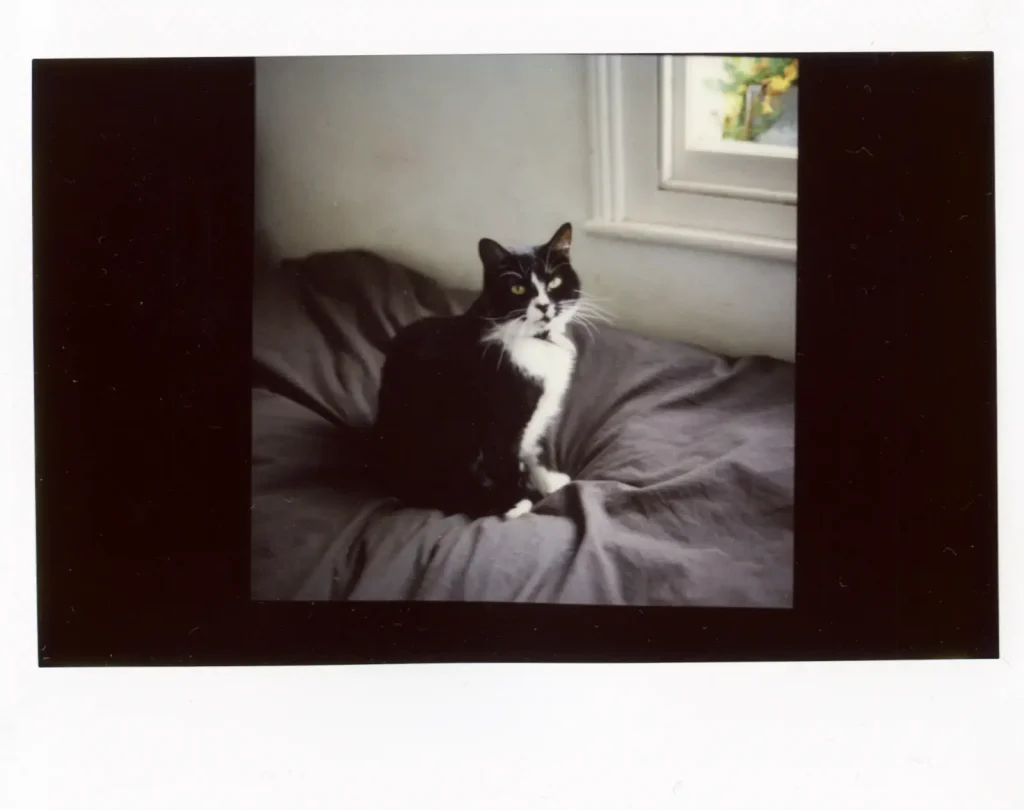
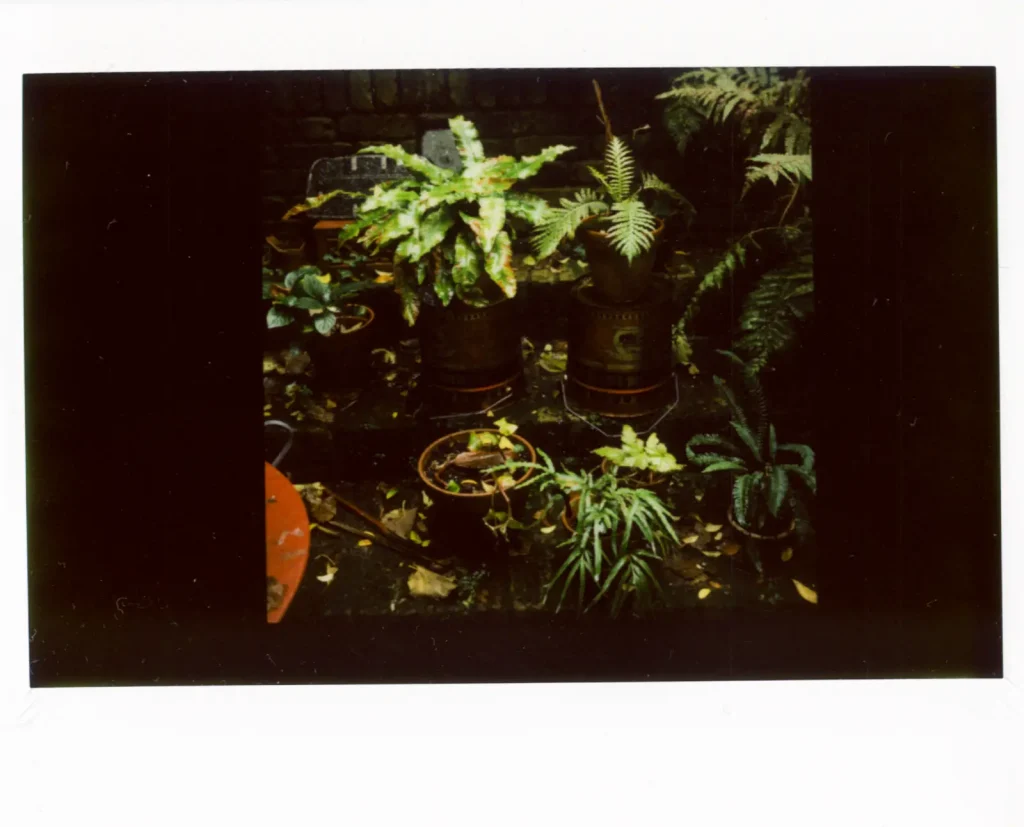
I have other plans for instant film soon that will, hopefully, be rather more usable than this.
Gilbert
Share this post:
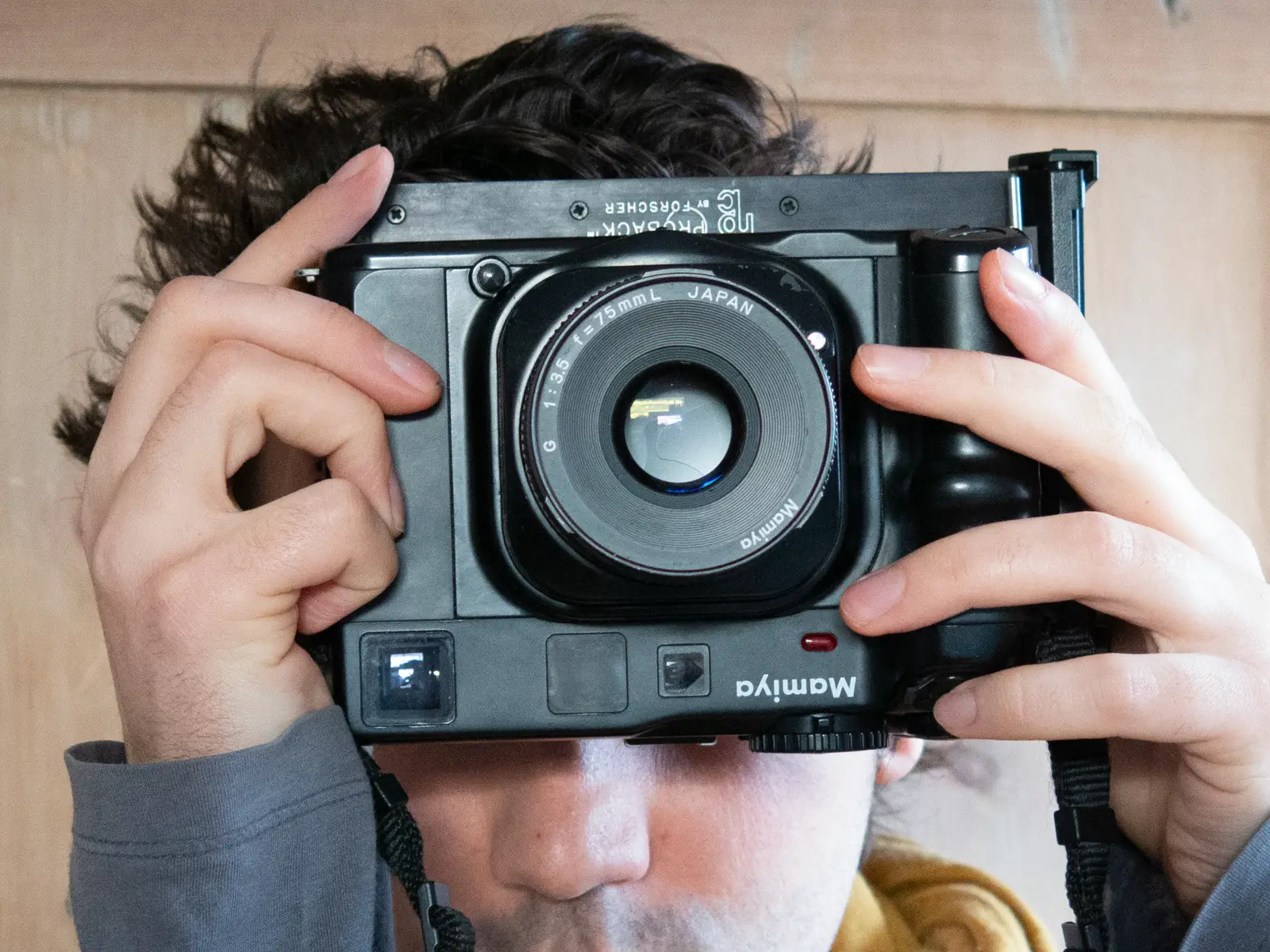








Comments
Bill Thoo on That time I shot Instax film in a Mamiya 6, upside-down – By Gilbert Townshend
Comment posted: 06/01/2020
dave on That time I shot Instax film in a Mamiya 6, upside-down – By Gilbert Townshend
Comment posted: 06/01/2020
I understand the instax pack fits in the back only upside down, but I don’t comprehend why you’re then turning the camera upside down to shoot. Yeah, that turns the pack upright, but why is this important? Does the pack fail if it’s operated inverted? Is it important which way the image is oriented on the instax sheet?
Comment posted: 06/01/2020
Dvski on That time I shot Instax film in a Mamiya 6, upside-down – By Gilbert Townshend
Comment posted: 07/01/2020
Julian Love on That time I shot Instax film in a Mamiya 6, upside-down – By Gilbert Townshend
Comment posted: 07/01/2020
Dave Faulkner on That time I shot Instax film in a Mamiya 6, upside-down – By Gilbert Townshend
Comment posted: 09/01/2020